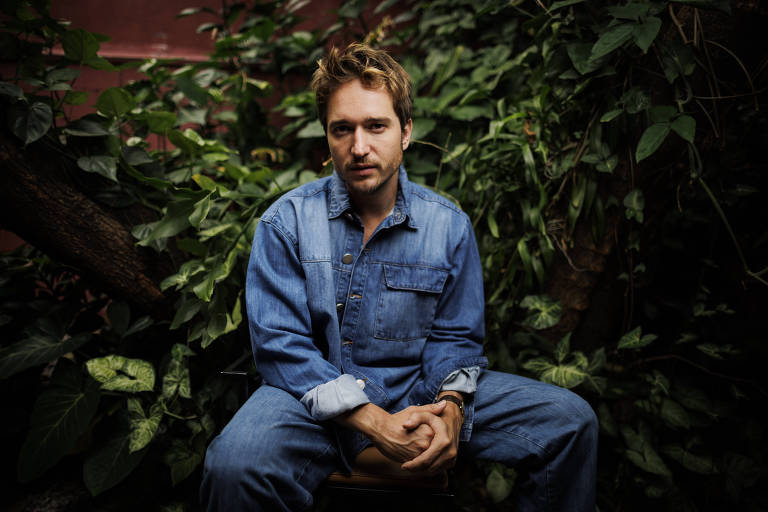When he was a child, Airon Martin heard his grandmother say that he would only be a real man if he had the term "dr." placed before his name when people addressed him. For her, her grandson should follow a traditional profession. "I tried to be a doctor, I tried to be a lawyer, everything that had a 'dr.' in it, but fashion was stronger", says the creator of Misci, perhaps the most talked about brand in Brazilian fashion today.
It took two career changes before the 31-year-old designer saw his creations being worn by the first lady, Rosângela da Silva, Janja, and by the Minister of the Environment, Marina Silva, in television interviews and at official government events, putting his label, until then better known by those into fashion, in the spotlight for the general public.
Martin was raised by his mother and grandmother in a house at the back of a roadside cabaret in Sinop, a city of 150,000 inhabitants in the countryside of Mato Grosso, where he had daily contact with prostitutes. His life story already caused him a lot of shame, he says, but today his unusual past, transferred to Misci's creations, is a great asset of the brand in the market, which Martin says he considers better than any marketing "storytelling".
Another decisive factor in Misci's success, says the stylist, is the quality of the pieces, the well-kept execution, and the finishes, all made using export-level Brazilian raw material. The silk thread used in Janja and Marina Silva's shirts is the same used by Dior and Hermès. The arapaima leather used in some bags comes from the same tannery that supplies Rick Owens. Misci —from "miscegenation"— was his final project for the industrial design course at the Istituto Europeo di Design, in São Paulo. His initial idea was to develop a line of furniture, but then the student ended up switching courses and opted to create the clothing brand, which would be "a study of Brazilian identity".
"Fashion is one thing and clothes are something else. We don't just make clothes — clothes are one of the reflections of the fashion that we present. It's kind of philosophical, but we have to show the consumer that there is a difference. Many people can make clothes, fast fashion does it. Few people make fashion in Brazil. It's about realizing who is making fashion and appreciating that."
Translated by Cassy Dias
